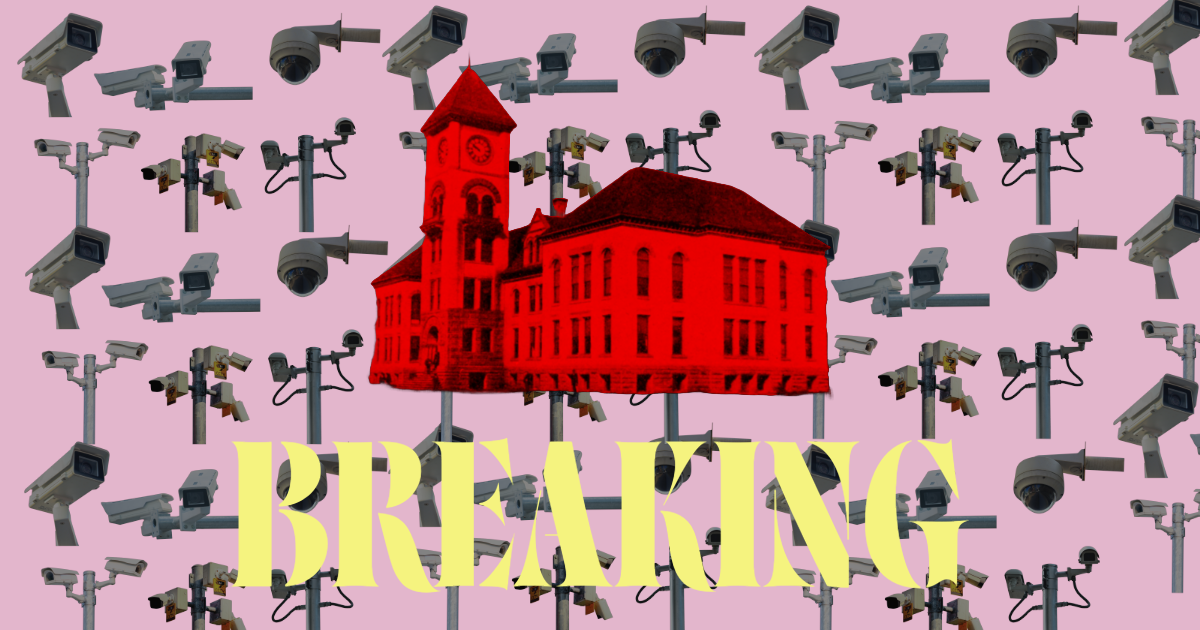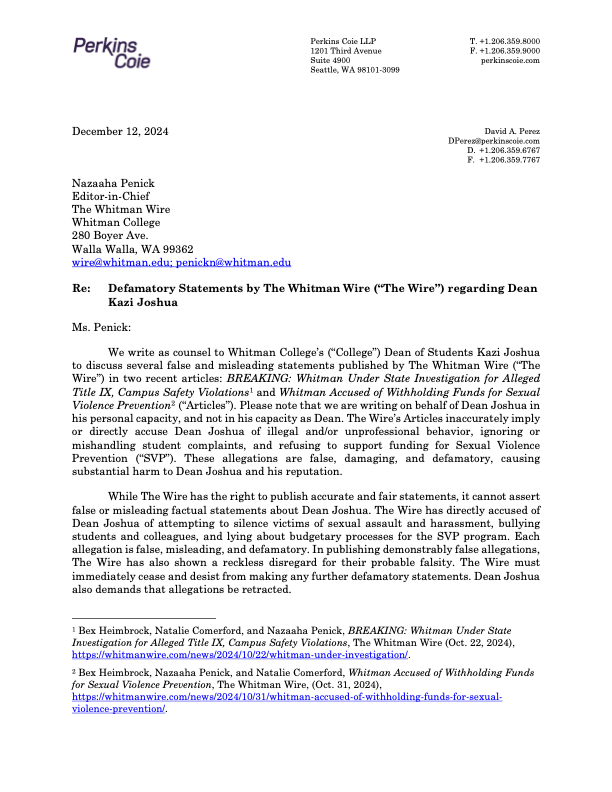Urban Walla Walla provides so much opportunity for night life and cultured recreation that who has time to enjoy the various hiking meccas that surround the area? Here are three hikes that students may or may not know about, but should definitely do.
Harris Park
This is probably one of the better-known hikes in the area.
“I like this hike mostly because it’s the closest one around that gets you up into the pines and hills. Harris Park is a 30-ish minute drive from Walla Walla and it keeps me from going crazy down in these dry, wheat-dominated lowlands,” said senior Julia Lakes.
“The trail runs along the south fork of the Walla Walla River for a large portion, which is beautiful, pretty lush, lots of big trees, some stream crossings, and if you go far enough, 4 miles and 6 miles out, there are other trails that intersect. The first is called Bear Creek at 4 miles, and the second takes you to [the] Target Meadows Campground at the 6-mile marker,” said Lish Riley, OP Rental Shop Manager.
“This hike is easy. The trail stays mostly flat and is well-maintained. Hike here from early spring through late fall. Expect snow to remain in this narrow canyon later than in most other places nearby,” said Lakes.
Directions: Take Highway 11 through Milton-Freewater. At the south end of town, turn left onto Walla Walla River Road. Follow the signs to Harris Park.
Wenaha-Tucannon Wilderness
The Wenaha-Tucannon Wilderness was created by the Endangered American Wilderness Act of 1978.
“The drive up to the wilderness is spectacular, through ponderosa pine and larch stands,” said Lakes. “There are plenty of trails if you follow Forest Road 46, but my favorite hike is up the Teepee Trail to Oregon Butte Peak and the Lookout Tower. From here there are incredible views into the wilderness area with steep rugged peaks and lush meadows.”
The wilderness area is comprised of more than 200 miles of trails and is home to wildlife from mule deer to black bears. Its is generally accessible June through November. Lakes recommends stopping by the National Forest Service Office on Rose Street to get a map.
Directions: Take Highway 12 east from Walla Walla to Dayton. In Dayton, take 4th Street south off Highway 12 for about four blocks. Turn east onto the Eckler Mountain Road (also the road to the city cemetery). Follow the road about 16 miles to the National Forest Boundary. Follow Forest Road #46 for 12 miles to Godman Guard Station. Turn left on Road #4608. Follow the road for 7 miles, taking all rights. Take East Butte Trail #3112 to the East Fork of Butte Creek.
Tiger Canyon Loop
“[Tiger Canyon Loop] is very accessible especially from the Johnston Wilderness Campus and College Cabin. It’s high enough so that it is relatively cool even in summer, and it is most beautiful in the fall when the Tamaracks, deciduous trees and shrubs are turning yellow and red. There are good places to camp at the trailhead or one of the junctions. It is partially along the north fork of the Walla Walla [River] and there are excellent views,” said geology and environmental studies Professor Bob Carson, who recommended the hike.
Directions: Take Isaacs Street to Mill Creek Road. The road goes east and southeast to the Umatilla National Forest. Take Tiger Canyon Road at a junction between several dirt roads. Park and hike south on the road until you reach a trail going off to the right. The trail heads towards the north fork of the Walla Walla, then turn right and hike north up the river. The last right turn should be onto a forest service road which should lead back to your car.
It is recommended to hike counterclockwise on this loop to avoid missing one of the junctions. Get a forest service map before doing this hike.




